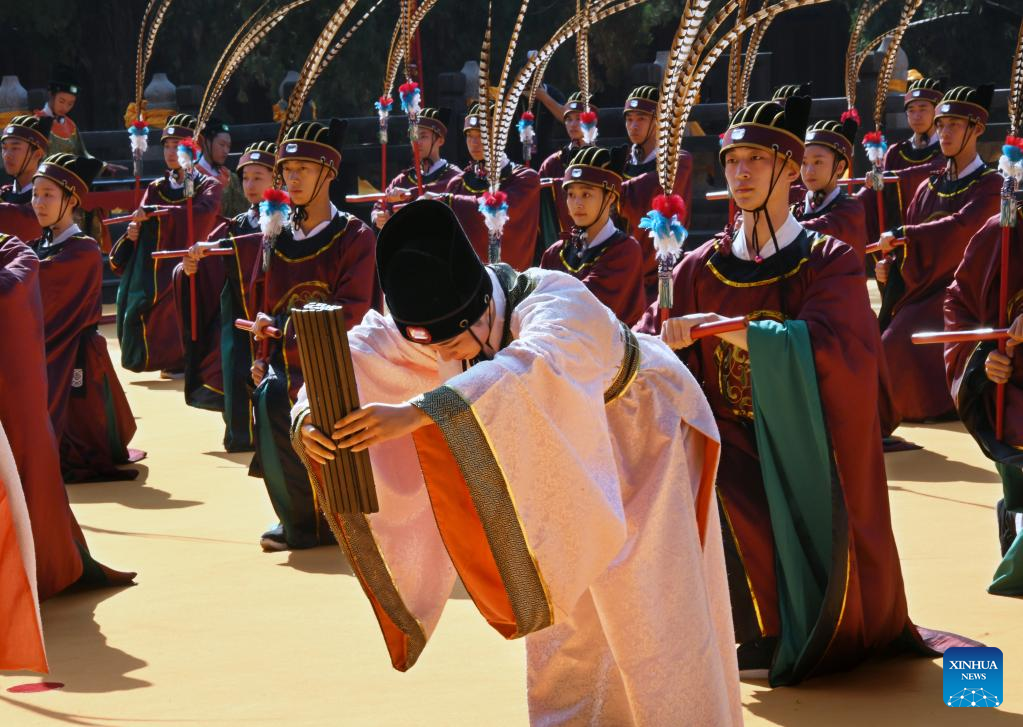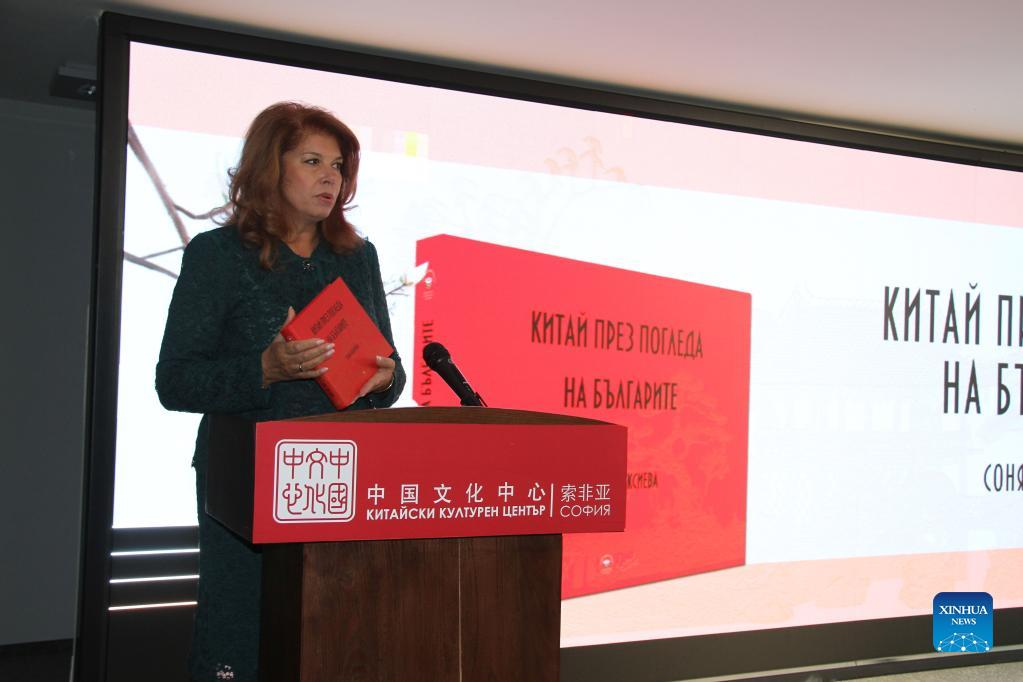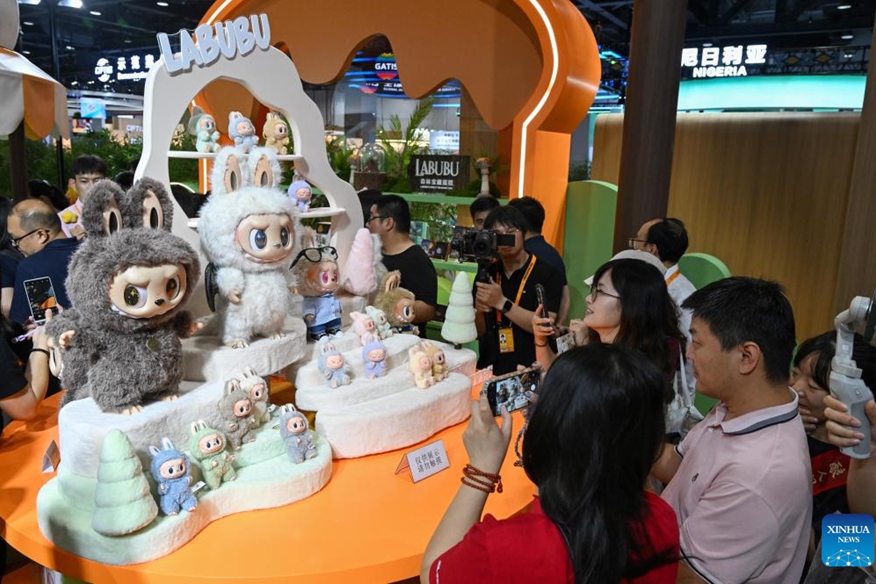
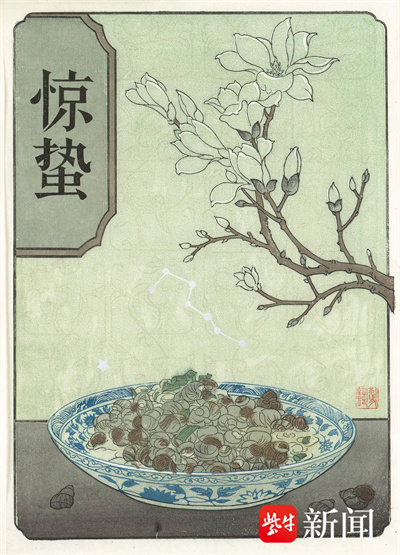
The ancient Chinese divided the sun's annual circular motion into 24 segments, with each segment called a specific Solar Term. It starts from the Beginning of Spring and ends with the Greater Cold, moving in cycles.
On March 16, Suzhou Museum opened an exhibition of 24 woodblock prints featuring the 24 solar terms and seasonal food popular in Gusu, the old name of Suzhou and also a district of the city today.
The woodblock prints use typical embroidery patterns as the background, as Suzhou is also a city of silk due to its flourishing silk production and embroidery technology in the past.
By highlighting the natural landscape and delicious food, the prints provide a great chance to learn about the exquisite life of the Suzhou people and appreciate the beautiful traditional art.
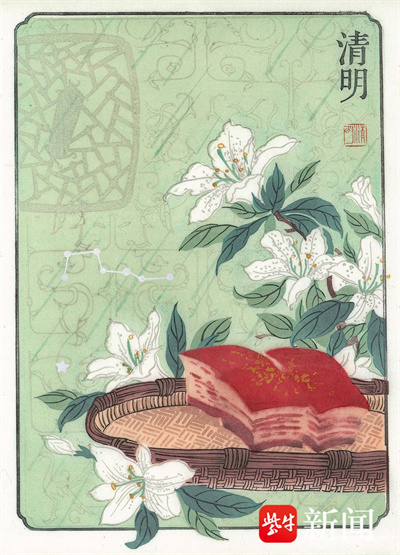

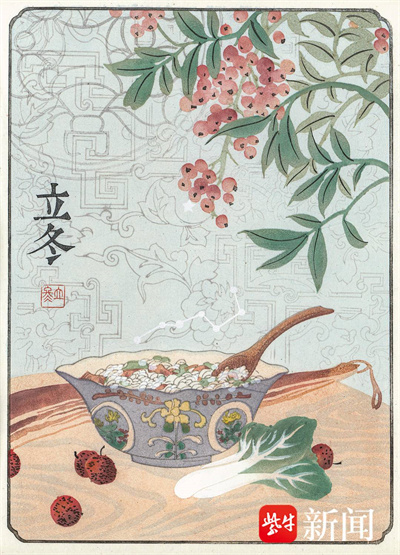
For example, the prints feature fresh water chestnuts around Bailu, or White Dew, which indicates the real beginning of cool autumn, juicy crabs favored during Qiufen, Autumn Equinox, and lotus root dish welcomed in the period of Shuangjiang, Frost's Descent.
These creations vividly record the time-honored customs in Gusu and show the idyllic lifestyle in Jiangnan, a term referring to south of the lower reaches of the Yangtze River.
Qiao Mai, who created the 24 woodlock prints, said the earliest 24 solar terms were based on the movement of the stars while the North Celestial Pole remains fixed in the sky. The prints all show the Big Dipper during the solar terms, adorned by window designs and seasonal food and flowers that are essential to the people's life in Jiangnan.

(Photo from the Yangtse Evening Post)
The blocks used to make the prints are quality pear wood of more than 50 years old that she herself found in Shandong Province. The paper used were customized from Zhejiang Kaihua Paper Traditional Technique Research Center, and the ink and glue were also chosen to honor the traditional craft and ensure the best artistic effect.
Qiao Mai is a municipal representative inheritor of Taohuawu (Peach Flower Yard) Woodcut New Year Paintings in Suzhou, recognized as a national intangible cultural heritage. Every year, the artist reproduces a classic Chinese New Year painting, makes a work in honor of the Chinese zodiac animal of the year, and create a brand new woodcut print.
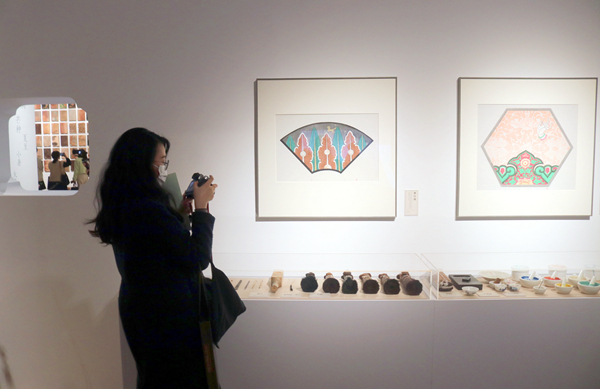

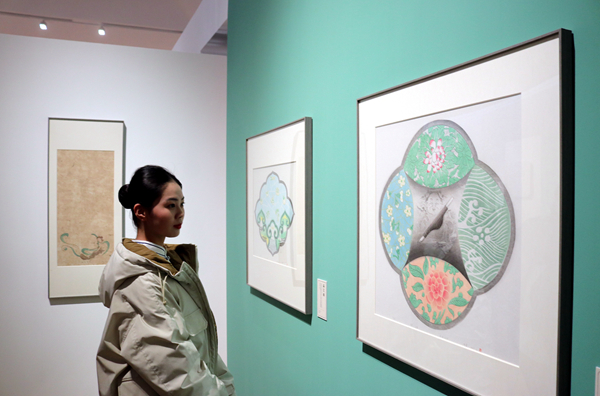
(CFP Photo)
"With the support of all parties and the exchange among artists, I believe that Taohuawu prints can make new innovations. I hope this dynamic art form, rooted in the fine Jiangnan culture, can be better integrated into our contemporary life," Qiao said.




